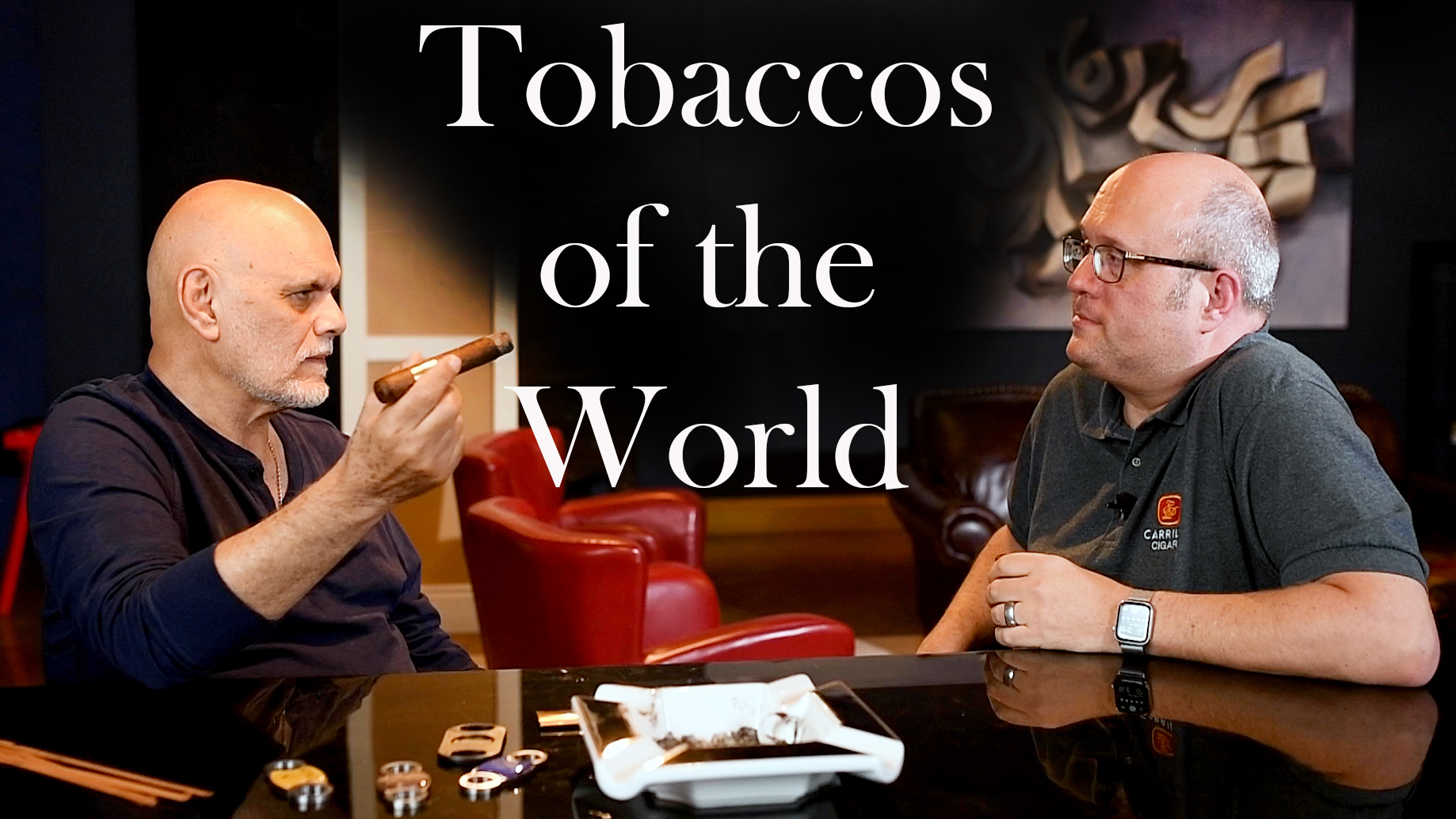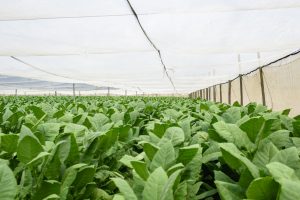At Carrillo Cigars, we work with a lot of tobaccos. Tobaccos from different regions around the world have different characteristics. Tobaccos around the world may vary in the seeds that are used, the growing methods used, aging and fermenting methods, appearance, and flavor profile. That being said, it’s not always easy to tell where a tobacco comes from just by looking at it or smoking it. Here’s what you need to know about how tobaccos differ from one region to the next.
How the growing process can vary in different areas
In the US, wrapper tobacco is grown in the Connecticut River Valley, Pennsylvania, and Massachusetts. Both Connecticut Shade and broad leaf tobacco is grown here.
However, you may also find Connecticut Shade or broad leaf tobaccos being grown in other countries. In another country, even if they are growing the same broad leaf, the soil or climate may require different growing methods. As a result, you may get a very different tobacco.
For example, in many countries, the tobacco plant needs to be shaded with cheesecloth as it is growing to protect it from the sun. However, in Ecuador, there is less sun and growers do not have to use cheesecloth. This small change can produce different results.
There are several types of Connecticut seeds, and growers must choose their seed based on the soil and microclimate of their local area. This will reduce the risk of disease and low yields due to pests and climate conditions. If you don’t pay attention to the seed you are using, you run the risk of ruining great seed by simply growing it in the wrong environment.
Seed, soil, and microclimate – all will affect the growing methods and the appearance and flavor of the end result.
How region can affect the taste of tobacco
Connecticut has long been known for producing some of the finest wrappers in the world, but high labor costs in the area have made it difficult to continue using Connecticut-grown tobacco.
As a result, many people started growing in Ecuador. There are other benefits in addition to the lower production costs. Because there is less sun, you don’t have to be as concerned about providing the plants with shade. Ecuadorian tobacco doesn’t have to be aged for five years like Connecticut tobacco does in order to get a smooth, creamy flavor. However, if you do age Ecuadorian tobacco, it gets a completely different taste with a very subtle spice.
Characteristics of the tobacco grown in each region
While tobacco can vary even within the same country, there are often some predominant characteristics that are most associated with tobacco from that region.
Tobacco can be strong, medium, or mild in strength. It’s important to consider the strength and the flavor of the filler, binder, and wrapper to round out the flavor. By blending different tobaccos from different regions, it’s possible to create a well-balanced, flavorful, enjoyable cigar.
Here’s what you may notice when smoking tobacco from the following countries.
USA Broadleaf Tobacco
There’s a misconception that a dark tobacco bas to be full bodied and strong, but that’s not necessarily the case. US-grown broadleaf can be creamier in taste with some strength, depending on the plant. It produces a balanced cigar that is very enjoyable.
Mexican Tobacco

Mexican tobacco is similar to Connecticut tobacco, but it has more spice and a little more strength. It also has a very distinct characteristic that can be described as a pleasant buzz in your palate without being not too spicy or peppery.
Honduran Tobacco
There’s a mind-boggling variety of tobacco grown in Honduras, so it’s difficult to pick out a certain set of characteristics. Honduran Corojo is popular for wrappers. Honduran tobacco produces a very enjoyable medium type of smoke that can have a very distinguished taste with the right blend. It’s often blended with Dominican or Nicaraguan tobacco. When blended correctly, you shouldn’t detect dryness.
Ecuadorian Sumatra Tobacco
Ecuadorian Sumatra tobacco is excellent with pleasant flavor and spiciness. Sumatra seed has been around for many, many years, originally grown in Sumatra Indonesia, but grown in Ecuador, it has a whole different profile. It has strength and flavor. It keeps delivering and continues getting better even as you get to the end of the cigar.
Nicaraguan Tobacco
Over the past few years, there’s been a huge boom in the desire for Nicaraguan tobacco. In the scheme of things, Nicaraguan tobacco is a great tobacco that is relatively new, and people are glad to have something new. It’s also appealing to a different market than some of the other countries.
Dominican Tobacco
Dominican tobacco has been around for eons. While it’s not as new and exciting as some varieties, it has certainly stood the test of time. Many of the most popular brands use primarily Dominican tobacco for a medium smooth profile.
Q & A with Ernesto
Is it possible to tell where tobacco came from based on its appearance?
It can be difficult to tell where a cigar comes from based on how the wrapper looks. You have to spend a lot of time studying tobacco, and even then, it can be hard to tell. For example, you may recognize a Connecticut wrapper – however, you may not be able to tell which country that Connecticut seed was actually grown in.
What’s your favorite tobacco to work with out of all the tobaccos in the world?
Ecuadorian Sumatra.
What tobacco or wrapper has been the most challenging to work with?
Habano from Jalapa. You can’t ferment it like other tobaccos, but it needs a lot of aging, so it has taken me a lot of time to understand it. It looked like it would be easy to work with but it was very challenging, the secret was to ferment very slowly at a lower temperature.
What do you do to create a new spin on old favorites, like Dominican tobacco?
When it comes to distinguishing myself from other companies, it’s all about the blending process. I enjoy blending Dominican tobaccos with new tobaccos. I would love to make a total Dominican in the future. One thing I do differently is re-fermenting to impact flavor. Dominican tobaccos don’t have as high of an oil content as some others, but they have a very distinct taste profile that can be drawn out when aged and fermented properly. This can result in a unique taste.







